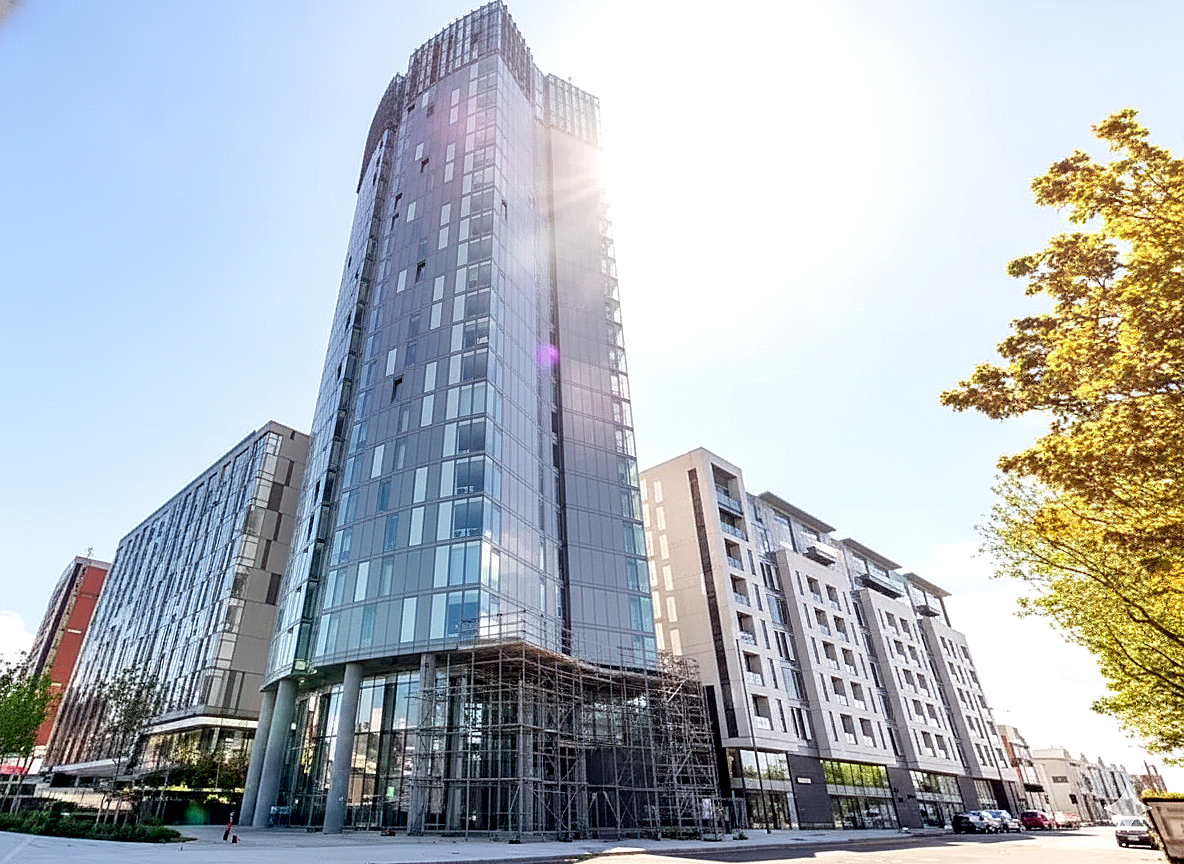
Are you regulator ready?
If you’re a Principal Accountable Person (PAP) managing a Higher-Risk Building (HRB), you already know the weight of responsibility that comes with your title. Since the introduction of the Building Safety Act 2022, those responsibilities have grown, with one particularly important task now front and centre: preparing a robust, regulator-ready Safety Case Report (SCR).
At Ark Workplace Risk, we’ve walked this path, we have worked with our clients to secure multiple Building Assessment Certificates (BACs) at a time when 75% of applications are being refused.
What really is a Safety Case Report?
A Safety Case Report (SCR) is the cornerstone of your building’s safety compliance story. It’s the formal document that demonstrates to the Building Safety Regulator (BSR) how you, as a PAP, are identifying, managing, and mitigating the fire and structural risks that could threaten your building and its residents.
But more than that, it’s a living, breathing record of your duty of care; a testament to how seriously you’re taking the lives of the people who live and work in your buildings.
What a strong SCR must include.
At Ark, we see a SCR as a carefully woven narrative, built from:
- Building overview: Core facts — location, height, use, occupancy, and historical maintenance.
- Risk assessment: Identification of fire and structural hazards, paired with scenario-based risk analysis.
- Safety management systems: Roles, responsibilities, policies, training, and control measures that show you’re in command of the building’s safety.
- Resident engagement: Your strategy for involving residents, building trust, and sharing vital safety information.
- Emergency planning: How your building responds to a crisis, including evacuation procedures, drills, and service coordination.
- Action planning: A clear, time-bound plan to address identified gaps and monitor ongoing improvements.
And underpinning it all, the Golden Thread of information.
The “Golden Thread” isn’t just jargon; it’s the digital backbone of your building’s safety strategy. From architectural drawings to fire risk assessments to communication logs with residents, it’s everything you need to manage safety with clarity and accountability.
Too often, we see this fall apart due to poor documentation or inconsistent record-keeping. At Ark, we enable PAPs to not only gather this information, but organise it into a defensible, regulator-friendly format that flows seamlessly into their SCR.

Case Study: X1 Tower in Liverpool
In collaboration with Livingcity, we recently secured a Building Assessment Certificate (BAC) for X1 Tower – one of the very first BACs issued in the UK. This was a landmark achievement, not just for us but for our client, and for building safety more broadly. It proved something we’ve known for a long time: a well-prepared SCR, rooted in real expertise and rigorous attention to detail, can stand up to scrutiny and deliver results.
X1 Tower is now among the very few buildings in the UK that holds a Building Assessment Certificate. That’s a powerful endorsement from the BSR that the building meets the rigorous safety standards set by the new regulatory framework.
Our work with Livingcity on X1 Tower was a masterclass in what effective collaboration, deep technical knowledge, and regulatory alignment looks like. Here are a few of the major takeaways:
1. Start early to stay ahead
The BAC process isn’t linear. Surprises will happen. Because we began early and worked iteratively, we had time to solve issues without pressure or panic.
2. Documentation is critical
It’s one thing to do the work; it’s another to prove you’ve done it. We ensured that every safety strategy, inspection, and mitigation plan was backed by verifiable evidence on our powerful risk, compliance and safety platform, QUOODA®.
3. Resident engagement is non-negotiable
Too many organisations overlook this crucial step. By integrating feedback loops, clear communication protocols, and resident education, the safety strategy became not just stronger but more human.
“Achieving our first BAC is an important milestone. It’s a testament to the dedication and expertise of our team and the strength of our ongoing partnership with Ark Workplace Risk. A real demonstration of what effective collaboration in building safety looks like.”
Common challenges and how we solve them.
We’ve helped clients across the UK prepare or improve their Safety Case Reports, and here are the stumbling blocks we see most often:
- Fragmented data: Building information spread across departments, suppliers, and systems.
- Stakeholder misalignment: Conflicting priorities between building owners, agents, residents, and contractors.
- Regulatory confusion: The pace of change and the volume of guidance make it difficult to stay compliant.
Our approach is to cut through that noise. We unify your data, bring everyone to the table, and apply our regulatory expertise to ensure you’re not just meeting the standard, you’re setting it.
So, where should you begin?
Here are six steps to start your SCR journey the right way:
Step 1: Engage early – don’t wait for the BSR to come knocking.
Step 2: Seek expert knowledge and support – our team can guide you every step of the way.
Step 3: Map your Golden Thread – identify your data gaps.
Step 4: Engage your residents – they are critical stakeholders.
Step 5: Stress test your strategy – simulate risks and check your preparedness.
Step 6: Update, refine, repeat – your SCR is a living document.
At Ark Workplace Risk, our mission is simple: we’re here to empower PAPs to protect their buildings and occupants.
Securing one of the UK’s first Building Assessment Certificates wasn’t just a milestone for us, it was proof that we know what it takes to meet the standard. We’ve walked the journey and we’ve faced the challenges.
If you’re a PAP tasked with preparing a SCR, let’s make sure it’s more than just a regulatory requirement. Let’s make it a blueprint for safety, resilience, and peace of mind.
Reach out to our team today to find out how we can guide you on your journey to building safety compliance.
Subscribe to News, Events and Webinars
Stay ahead with the latest industry news, regulatory updates, and exclusive invites to webinars and events.
